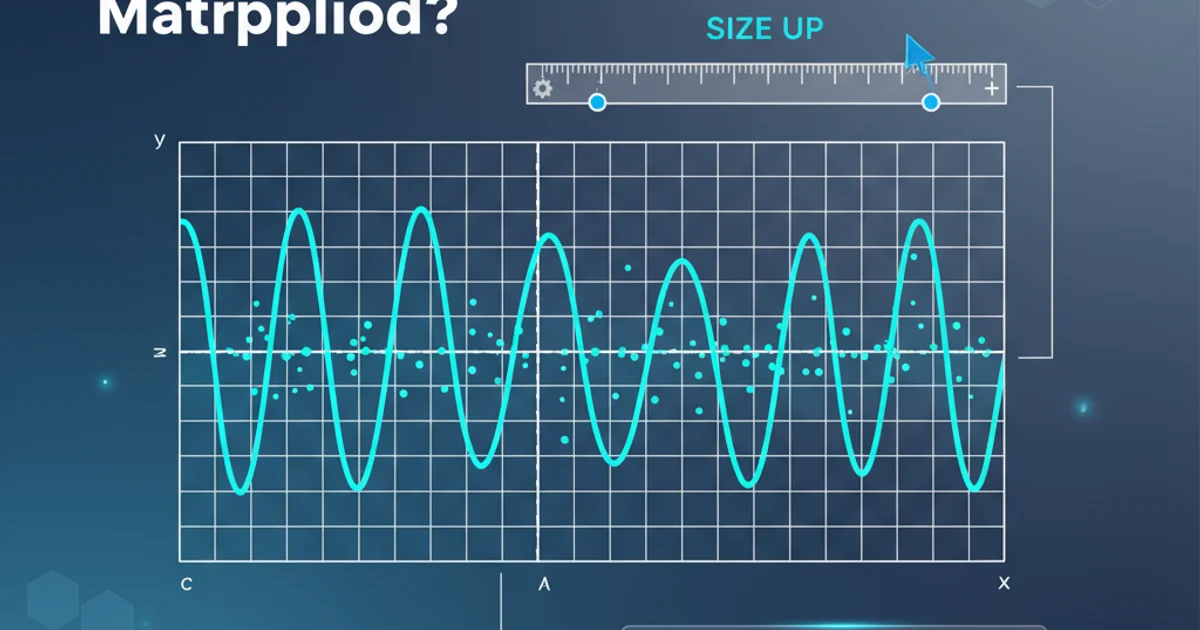Python - Difference between docopt and argparse
Categories:
docopt vs. argparse: Choosing the Right Python CLI Argument Parser

Explore the key differences between docopt and argparse for Python command-line argument parsing, understanding their philosophies, features, and use cases to make an informed decision for your projects.
When developing command-line interface (CLI) applications in Python, handling arguments and options is a fundamental task. Python offers several libraries for this purpose, with argparse and docopt being two of the most popular. While both achieve the goal of parsing command-line input, they approach the problem from fundamentally different philosophies. This article will delve into these differences, providing insights into when to choose one over the other, complete with practical examples and a visual comparison.
Understanding argparse: The Explicit Approach
argparse is Python's standard library for parsing command-line arguments. It's a powerful and flexible module that allows developers to define arguments, options, and subcommands explicitly. Its strength lies in its verbosity and control, enabling detailed specification of argument types, default values, help messages, and validation rules. argparse works by building an argument parser object, adding arguments to it, and then parsing the sys.argv list.
import argparse
def main():
parser = argparse.ArgumentParser(description='A simple argparse example.')
parser.add_argument('filename', help='The name of the file to process')
parser.add_argument('-c', '--count', type=int, default=1, help='Number of times to process the file')
parser.add_argument('--verbose', action='store_true', help='Enable verbose output')
args = parser.parse_args()
print(f"Processing file: {args.filename}")
print(f"Count: {args.count}")
if args.verbose:
print("Verbose mode enabled.")
if __name__ == '__main__':
main()
Basic argparse example demonstrating argument definition and parsing.
argparse is ideal for complex CLIs with many options, subcommands, and intricate validation requirements. Its explicit nature makes it easier to maintain and debug larger applications.Understanding docopt: The Docstring-Driven Approach
docopt takes a unique approach: it generates an argument parser based on your command-line interface's usage string, which is typically defined in the script's docstring. This means you write your CLI's help message, and docopt parses that message to understand what arguments and options your script expects. This philosophy promotes consistency between your documentation and your argument parsing logic, often leading to more readable and self-documenting code.
"""Naval Fate.
Usage:
naval_fate.py ship new <name>...
naval_fate.py ship <name> move <x> <y> [--speed=<kn>]
naval_fate.py ship shoot <x> <y>
naval_fate.py mine (set|remove) <x> <y> [--moored | --drifting]
naval_fate.py (-h | --help)
naval_fate.py --version
Options:
-h --help Show this screen.
--version Show version.
--speed=<kn> Speed in knots [default: 10].
--moored Moored (anchored) mine.
--drifting Drifting mine.
"""
from docopt import docopt
def main():
arguments = docopt(__doc__, version='Naval Fate 2.0')
print(arguments)
if __name__ == '__main__':
main()
A classic docopt example where the usage string defines the CLI.
docopt is excellent for simpler CLIs where the usage pattern can be clearly expressed in a docstring. It enforces good documentation practices by making the usage string the source of truth for argument parsing.Key Differences and Decision Factors
The core distinction between argparse and docopt lies in their approach to defining the CLI. argparse is programmatic, requiring explicit Python code to define each argument. docopt is declarative, inferring arguments from a human-readable usage string. This leads to several practical differences:
- Learning Curve:
docoptcan be quicker to grasp for simple cases due to its intuitive usage string syntax.argparsehas a steeper learning curve but offers more granular control. - Flexibility & Control:
argparseprovides superior control over argument types, custom actions, validation, and error handling.docoptis more rigid, relying on its parsing of the usage string. - Documentation:
docoptinherently links documentation (the usage string) with parsing logic, ensuring they stay synchronized. Withargparse, you must manually keep help messages updated. - Complexity: For very complex CLIs with many subcommands and nested options,
argparseoften scales better.docopt's usage string can become unwieldy for highly intricate interfaces. - Dependencies:
argparseis part of the Python standard library, meaning no external dependencies.docoptis a third-party library that needs to be installed.
flowchart TD
A[Start CLI Development] --> B{CLI Complexity?}
B -->|Simple/Medium| C{Prioritize Documentation/Readability?}
C -->|Yes| D[Use docopt]
C -->|No| E[Use argparse]
B -->|High/Complex| F{Need Granular Control/Validation?}
F -->|Yes| E[Use argparse]
F -->|No| D[Use docopt]
D --> G[Self-documenting CLI]
E --> H[Highly Customizable CLI]
G & H --> I[End]Decision flow for choosing between docopt and argparse.
When to Use Which
Choosing between docopt and argparse often comes down to the specific needs of your project and your personal preference:
Choose
argparsewhen:- Your CLI has many arguments, complex types, or intricate validation rules.
- You need to define custom actions for arguments (e.g., custom type conversion).
- You require subcommands with their own sets of arguments.
- You prefer explicit, programmatic control over every aspect of argument parsing.
- You want to avoid external dependencies.
Choose
docoptwhen:- Your CLI's usage can be clearly and concisely described in a docstring.
- You prioritize self-documenting code and want to ensure your help message is always accurate.
- You are building a relatively simple CLI and want to get it up and running quickly.
- You appreciate a more declarative style of defining your CLI.
Both argparse and docopt are excellent tools for building Python CLIs. The 'best' choice depends on the specific context of your project. By understanding their core philosophies and features, you can make an informed decision that leads to robust and maintainable command-line applications.